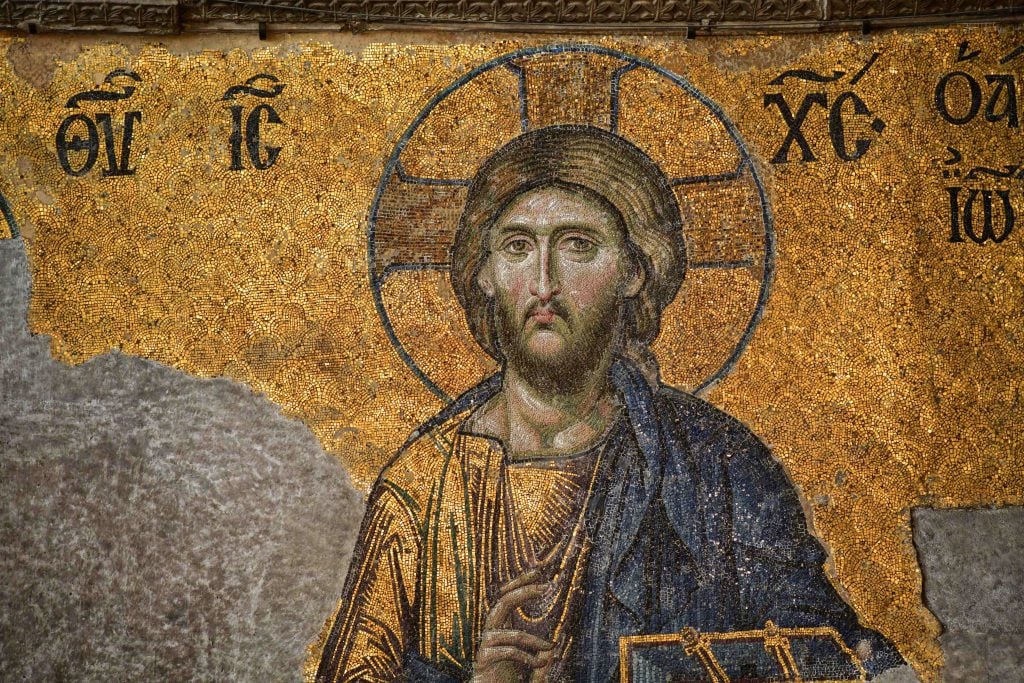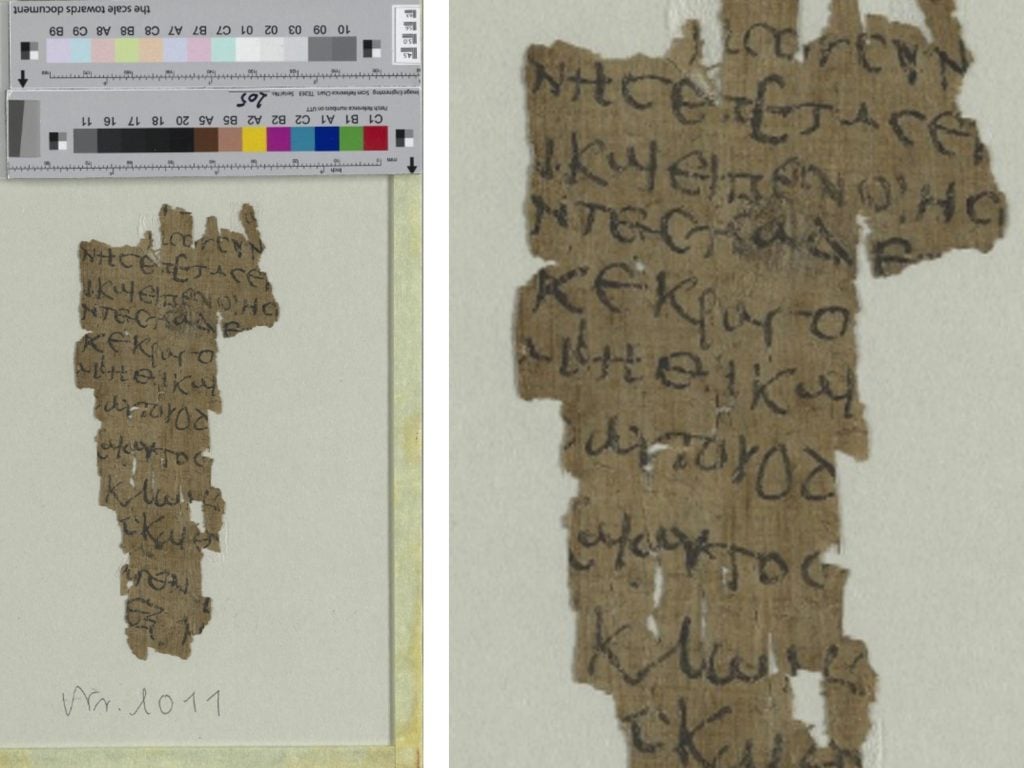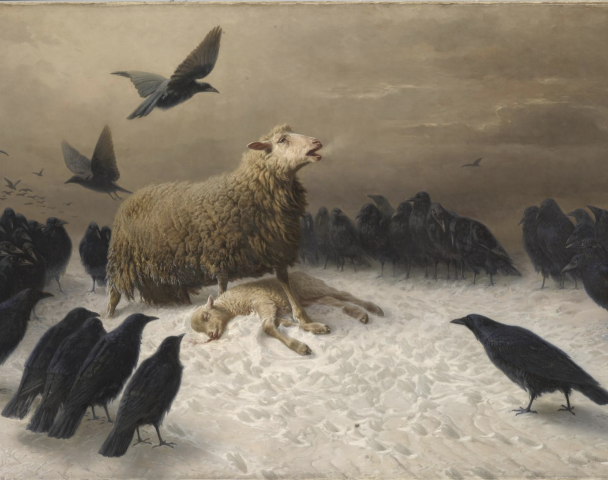Archaeology & History
The Earliest Known Manuscript of the Gospel on Jesus’s Childhood Has Been Hiding in Plain Sight
Two papyrologists looked at an unremarkable piece of writing with fresh eyes.

Document number P.Hamb.Graec. 1011 has been tucked away at the Carl von Ossietzky State and University Library in Hamburg, Germany, for decades, an unassuming piece of papyrus among just over 1,000 such specimens. Measuring about 4⅓-by-2 inches, it contains 13 lines of Greek text and was taken to be an everyday piece of writing.
Now, a pair of papyrologists, Lajos Berkes of the Institute for Christianity and Antiquity at Berlin’s Humboldt University and Gabriel Nocchi Macedo from the University of Liége in Brussels, say the document is actually the earliest surviving copy of the apocryphal Gospel of Thomas, which was likely written in the 2nd century and outlines events from the childhood of Jesus Christ.
This copy likely dates from the 4th or 5th century, whereas previously, the earliest known Greek version of the gospel dated from the 11th century. Macedo said that the find confirms assessments that the infancy gospel according to Thomas was written in Greek. It counts among the biblical apocrypha, sources that were not included in the official Bible but circulated widely throughout antiquity and the Middle Ages.
The text hid in plain sight for so long for a simple reason: poor penmanship.

Courtesy Staats- und Universitätsbibliothek Hamburg.
“It was thought to be part of an everyday document, such as a private letter or a shopping list, because the handwriting seems so clumsy,” said Berkes. They’re guessing that perhaps the document was created by a student of penmanship in a school or a monastery. But when they noticed the name of Jesus in the script, they took a closer look, and when they compared the text to other digitized papyri, they found words that also appeared in other religious documents.
“From the comparison with already known manuscripts of this Gospel, we know that our text is the earliest,” said the experts. “It follows the original text, which according to current state of research was written in the 2nd century A.D.”
The few words on the fragment show that the text describes an episode that is considered the “second miracle” in the Gospel of Thomas, known as the vivification of the sparrows. In it, Jesus molds birds from the mud while playing at the ford of a stream. When Joseph, his father, scolds him and asks why he is doing such things on the holy Sabbath, the five-year-old claps his hands and brings the clay figures to life.
The experts’ findings will soon be available as an article in the journal Zeitschrift für Papyrologie und Epigraphik.





